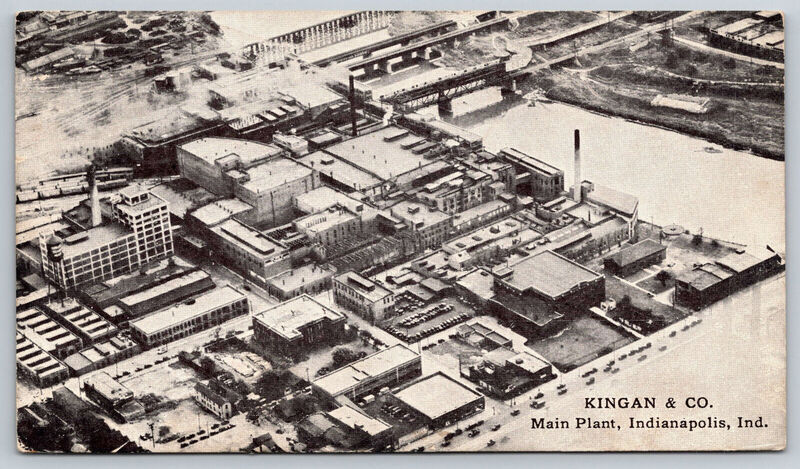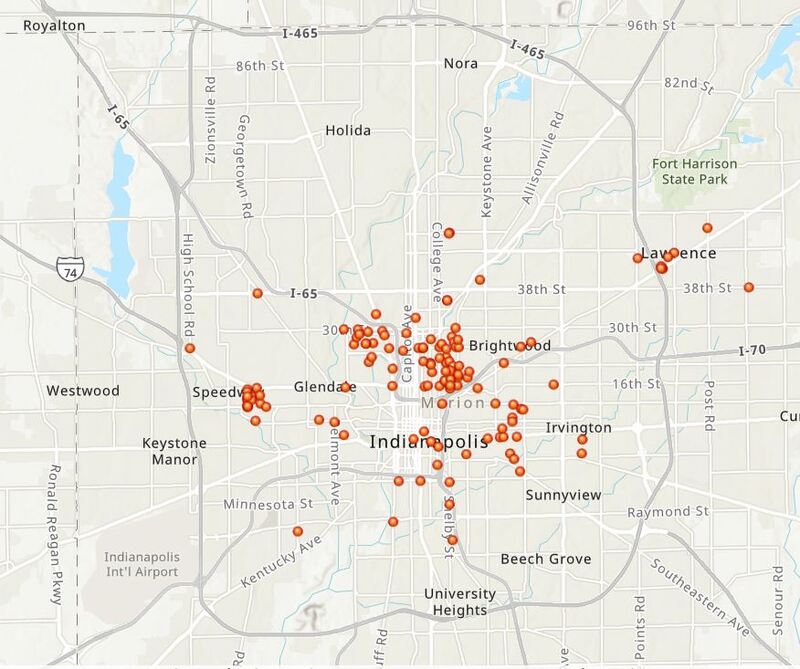About
Indy Toxic Heritage is a collaborative project led by IU Indianapolis Museum Studies faculty Elizabeth Kryder-Reid and Laura Holzman working with graduate research assistant Ben Clark, Indy Parks and Recreation, Kheprw Institute, and community-based scholar and activist Kay Hawthorne. It traces the history of environmental harm in Indianapolis and highlights the legacy of contamination and its health impacts, particularly to marginalized communities. The project reveals how the heritage of environmental damage is often hidden both in the landscape and in the city’s public memory narrative. This website creates a repository for the stories and voices of frontline communities, advocates, activists, and anyone affected by Indianapolis’ toxic heritage.
What is toxic heritage?
Indianapolis’ toxic heritage includes residue from the lead industry, coal ash and heavy metals from power plants, raw sewage in urban waterways, and contaminated groundwater from gas stations, dry cleaners, and other sources of pollution. The burdens of these urban pollutants have disproportionately affected lower-income areas and communities of color, but their impact is citywide. They affect health outcomes across Indianapolis. They also shape the stories we tell about our city's past, present, and future.
Compounded by policies and practices which have reproduced social inequalities (such as redlining, permitting, and zoning) are systemic and structural issues such as the disinvestment of public dollars, lax environmental and industrial regulation, and inconsistent enforcement. The degradation of the environment and its intersection with climate change are significant issues for Indianapolis residents across the city.
Why are these stories important?
People's experiences matter. There is valuable knowledge in a first-hand account or a memory of a story passed down from a community elder. The stories contributed to the Indy Toxic Heritage Community Archive demonstrate not only neighborhood-specific concerns but a shared citywide heritage. The activists and advocates who share their stories additionally help point toward possibilities to shape a healthy, safe, and sustainable city for future generations.
Support
Funding for the project has been provided by the Charles R. Bantz Community Fellowship and Indiana Humanities. Support for the OMEKA-S site has been provided by the IUI University Library.

